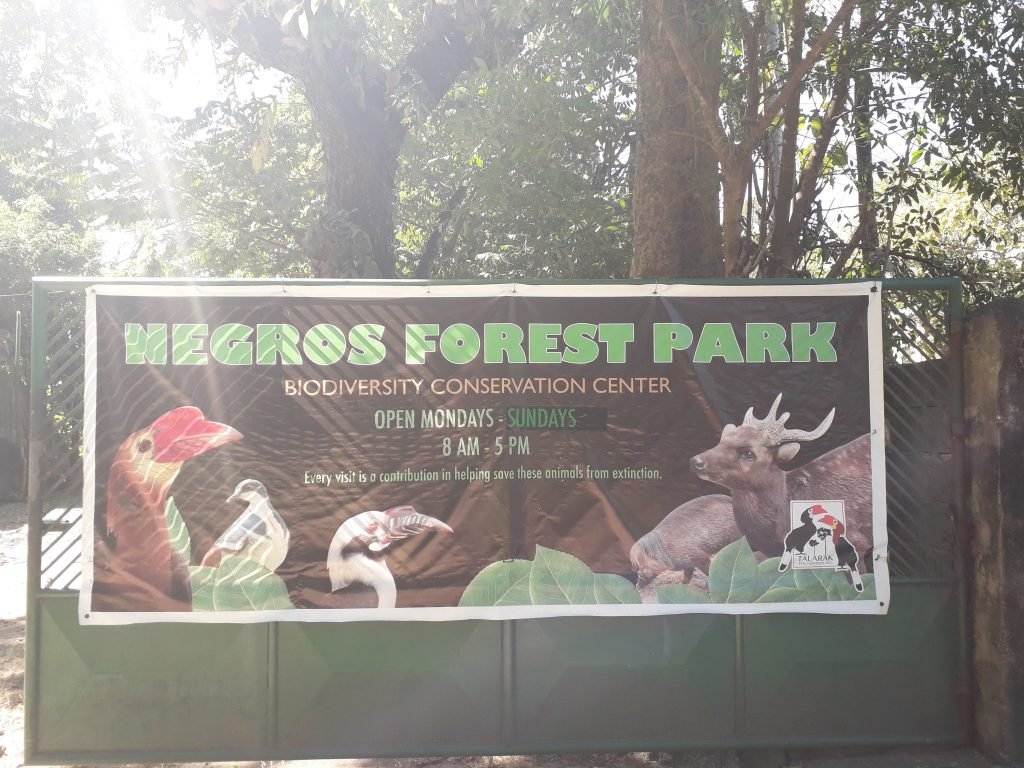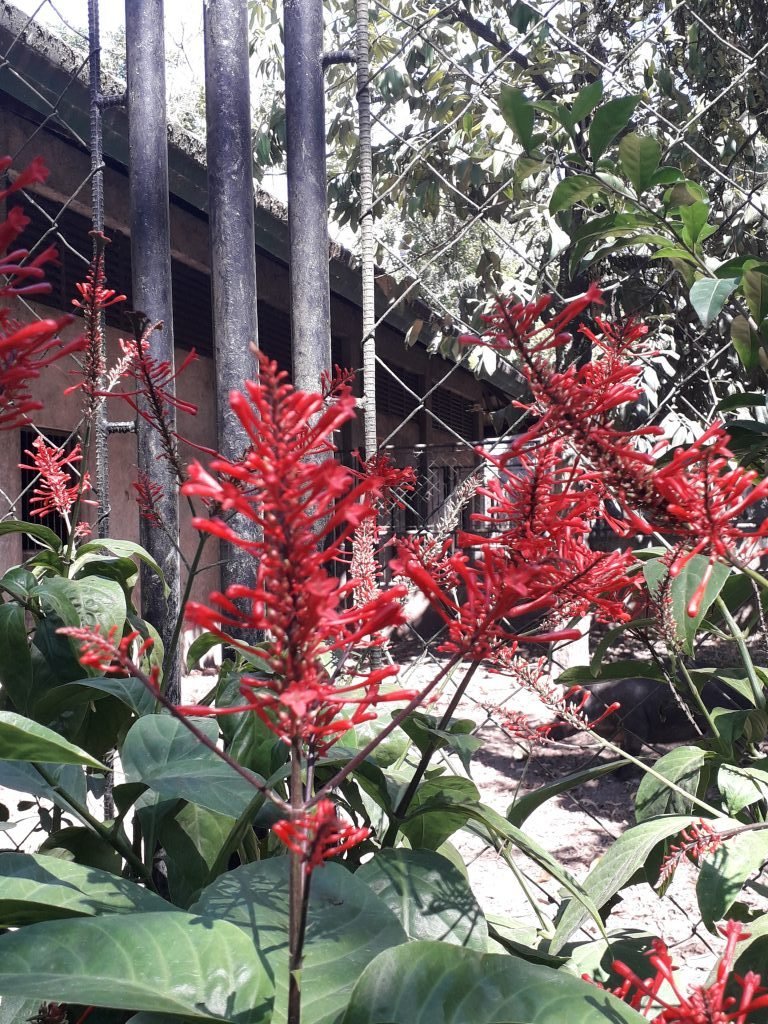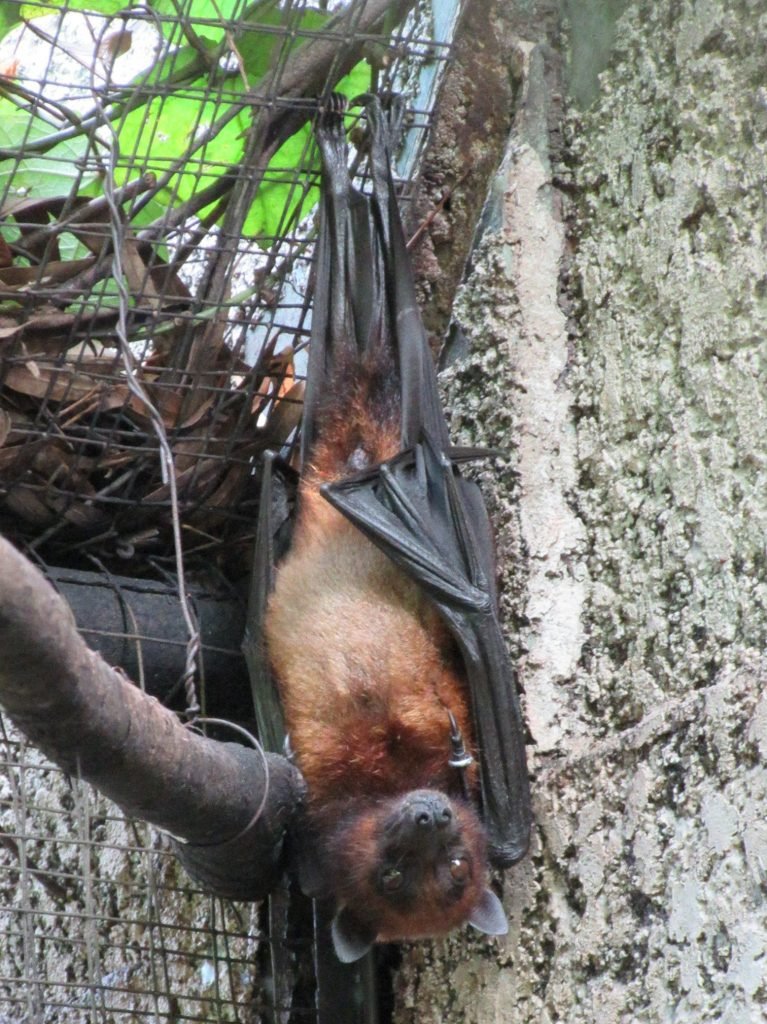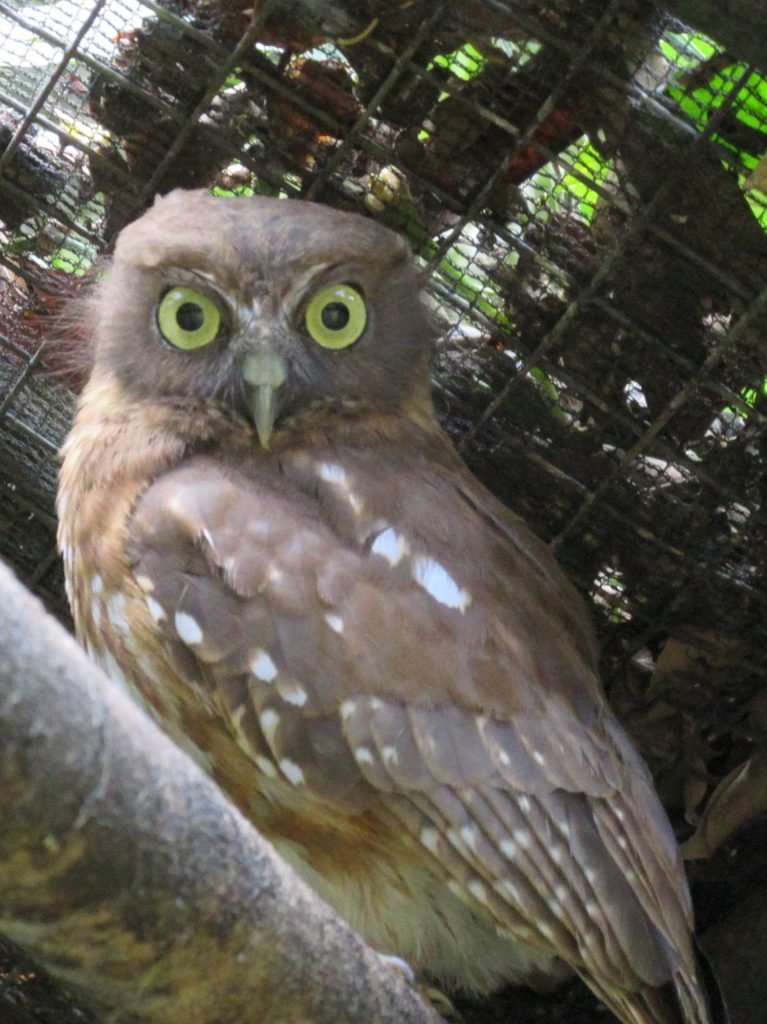Negros Forest is for nature lovers! Negros Forest is for children and adults! Negros Forest is for everyone!

When Jesus was born in a manger, the only humans present were His parents Joseph and Mary. Come to think of it: more honored than us to witness this most sacred birth were the animals housed there at night. What qualities were in those “dumb” creatures that made God the Father choose them over the noblest men of the land? Perhaps it was their untainted minds or incorruptible souls. Or, it was their guilelessness that created the befittingly simple ambiance to welcome the Lord of Lords and the King of Kings who chose to be born in lowly circumstances.
We misunderstood God when He told us to be stewards of His creations. We forget that we were not given a carte blanche in ruling this earth. Pollution of the air, ground, underground and water result to fewer sources of naturally clean air and potable water. The eradication or poisoning of our insect population makes us the poorer for this in terms of agriculture. Rapid deforestation of our mountains and woodlands threatens the diversity of our wildlife.

I salute the brave and selfless men and women who chose to work with and for nature. Right in our beloved city Bacolod, for over twenty years now, the Negros Forest Park (formerly NFEFI) promotes the conservation of our forests and their critically endangered or threatened wildlife. With Talarak Foundation, Inc. handling the management, Negros Forest continues to protect our vanishing animal species and breeds them in captivity in order for our next generation to see God’s glory in them.
Still located beside the Provincial Capitol, Negros Forest takes care of our native and endemic animals. Have you ever seen our Negros wildlife? They are interesting creatures and will make us proud of our island and will make us appreciate what we have. Let’s get to know them better.

The Visayan Warty Pig (Sus cebifrons) a.k.a. baboy talunon or baboy ilahas is the only warty pig in the world whose male grows long hair from its forehead extending to the base of its tail during breeding season. I tell you, his bangs are cool! The Visayan Spotted Deer (Rusa alfredi) a.k.a. usa or lagsaw is the biggest endemic species of the Western Visayas Islands and one of the most threatened deer species in the world. The Philippine Sailfin Lizard or ibid feeds on small invertebrates when young but turns vegetarian when an adult. No, it doesn’t do yoga.
The Philippine Duck (Anas luzonica) is the only endemic duck in the Philippines and has been recently recorded in Palawan. It is also known as “papan” or wild duck. Some other birds one can see at Negros Forest are the Negros Boobook (Ninox philippensis centralis) or bukaw, is the smallest of the hawk owls in the country. It is thought to be originally a single species of owl but was discovered to represent seven closely-related species. It is so cute that I would like to carry it around with me in my pocket. (No, I won’t, can’t, shouldn’t.) The gorgeous and increasingly rare Pink-bellied Imperial Pigeon (Ducula poliocephala) a.k.a. hagumhum or agumu-um has a green breast and pinkish-grey belly. There is also the Buff-eared Brown Dove (Phapitreron nigrorum) that is only found in the Philippines. Thank goodness, it is often more heard than seen. Often seen in pictures promoting the natural beauty of Negros is the bleeding heart pigeon. This occurs only in the Philippines.

There are more beautiful birds to see at the foundation such as the Buceros mindanensis or kalaw and the Rhabdotorrhinus-waldeni or the talarak after whom the Talarak Foundation is named. Such lovely hornbills!! They just need to be in the wild, so, please save our forests.
For me, one of the cutest birds I have seen is the White-bellied woodpecker (Dryocopus javensis philippensis) or the panday panday. It is immortalized by our old cartoon friend Woody Woodpecker with his raucous taunting call. The one at Negros Forest is a redhead with a black-feathered body and pecks at wood or his metal cage in a perfect staccato. I’m afraid he is going to be the butt of many a “knock-knock” jokes.

White-bellied woodpecker (Dryocopus javensis philippensis)
Commonly seen in Mambucal Mountain Resort are the Golden-crowned Flying Fox (Acerodon jubatus) or kabog, and the Large Flying Fox (Pteropus vampyrus). Contrary to many an unfair impression, our bats do not suck blood. They feed on plants or fruits. Bela Lugosi gives a thumbs-up from his ghostly abode. A word of caution, though, do not handle bats without proper training or prior vaccination for they can carry deadly diseases. (Boris Karloff “likes”.)

Large Flying Fox (Pteropus vampyrus)
Wildlife may look cute and appealing but one should not think of bringing them home since they belong to the wild. Professional care is needed to raise these. Wildlife raised as pets by the ordinary man do not usually flourish and will prevent them from fully using their natural instincts to hunt or forage for food. Say “No!” to poaching. What we need to do is to be more mindful of our domestic lifestyle i.e. waste and water management, and minimal use of charcoal to lessen the demand to cut down trees that serve as homes and food sources of our wildlife.

Please support the Negros Forest and the Talarak Foundation, Inc. One may either contribute as a sustaining member (P1,000/annum), or support the Adopt-an-Animal program (P1,000/month for a year). If one chooses to offer time and effort, volunteers are welcome at the Negros Forest. Please visit and talk to Dino Gutierrez (of Talarak Foundation). May this year be a truly happy one for our Negros wildlife.
The Negros Forest Park is open from Monday to Sunday, 8 a.m. to 5 p.m. Entrance fees are P100 (regular)


